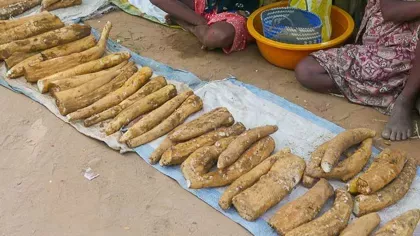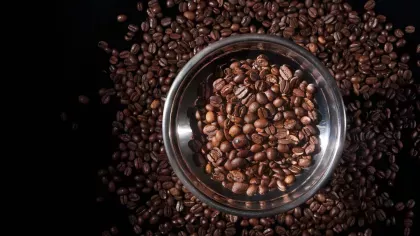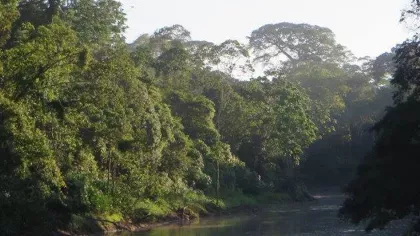14 May 2021
5 key themes for the sustainable use of wild plants
Many wild plant species are at risk in the Andean region and there is an urgent need to engage local communities, recognize the importance of wild plant use, and increase international collaboration.

The Tropical Andes region in South America supports an incredible range of plants and animals and has been called the “global epicentre of biodiversity”.
This includes the Andean Community countries of Colombia, Ecuador, Peru, and Bolivia.
The Andean Community is an area also rich in cultural diversity, with thousands of examples of traditional plant use, from food and medicines, to building materials and fuel.
However, biodiversity is being rapidly lost in this area.
This not only affects wildlife, but can have huge impacts on people, including the loss of useful plants which local communities rely on.
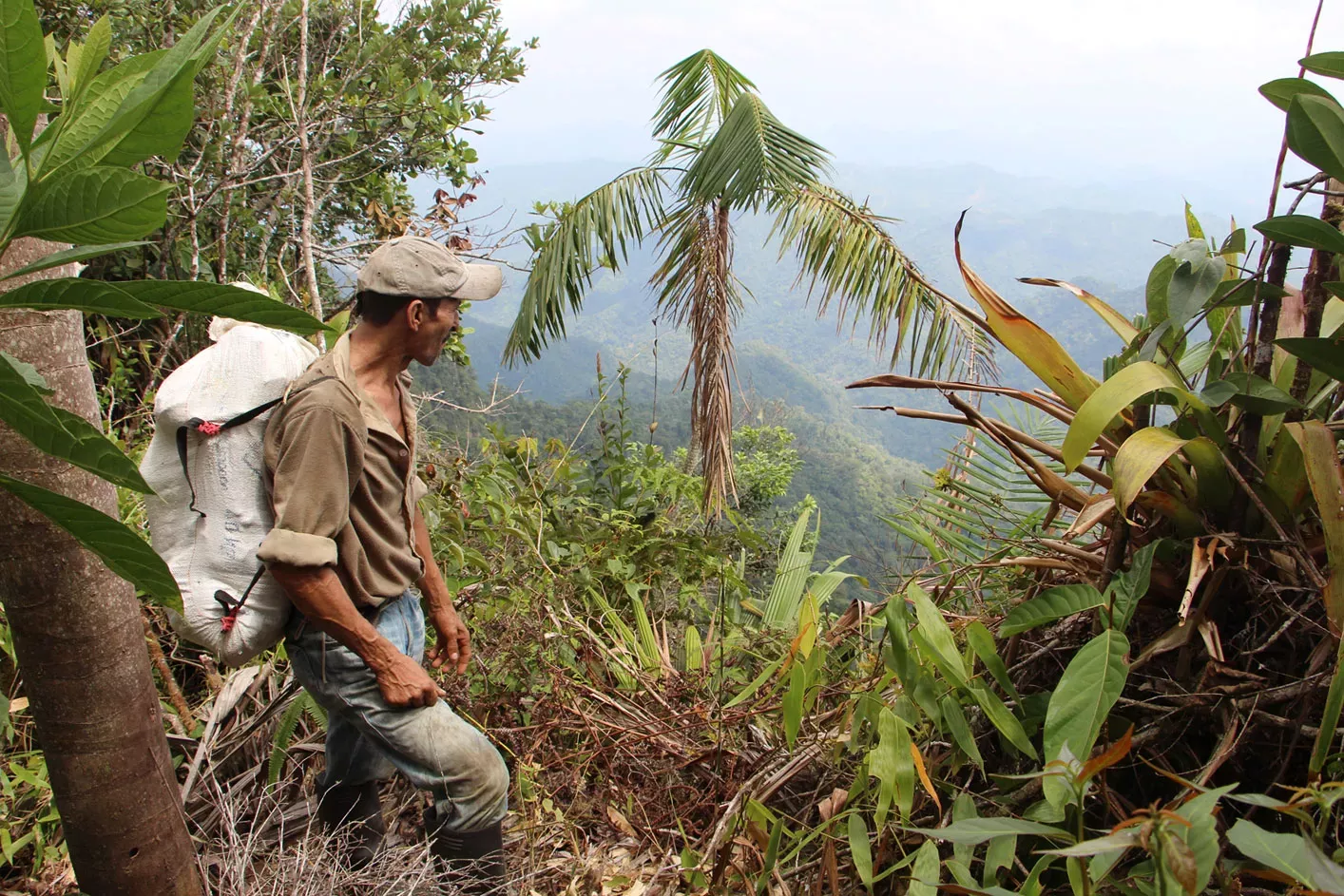
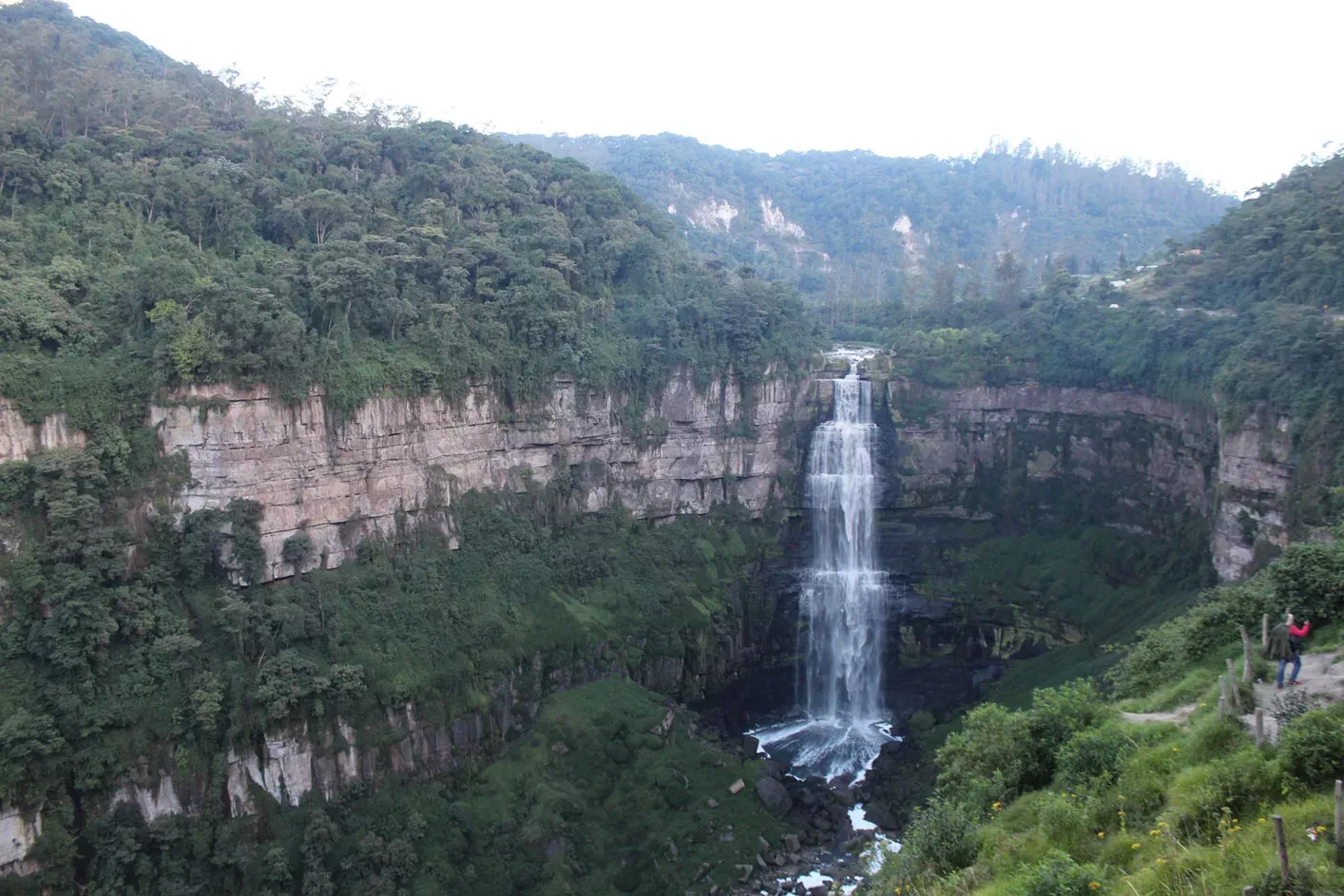
Using plants in the right way
In recent decades, the concept of ‘sustainability-through-use’ has emerged.
This is the idea that by using natural resources such as wild plants in the right way, biodiversity conservation can actually be incentivised, thereby protecting nature and contributing to people’s welfare.
The use of wild plants is often linked to indigenous communities and has therefore been sustained over millennia.
But our recent review of studies across Colombia, Ecuador, Peru, and Bolivia found that unsustainable harvesting and the loss of useful wild plant species arose repeatedly.
So, what are the drivers of sustainable or unsustainable plant use in the Andean Community? And how can we protect useful plants in the region?
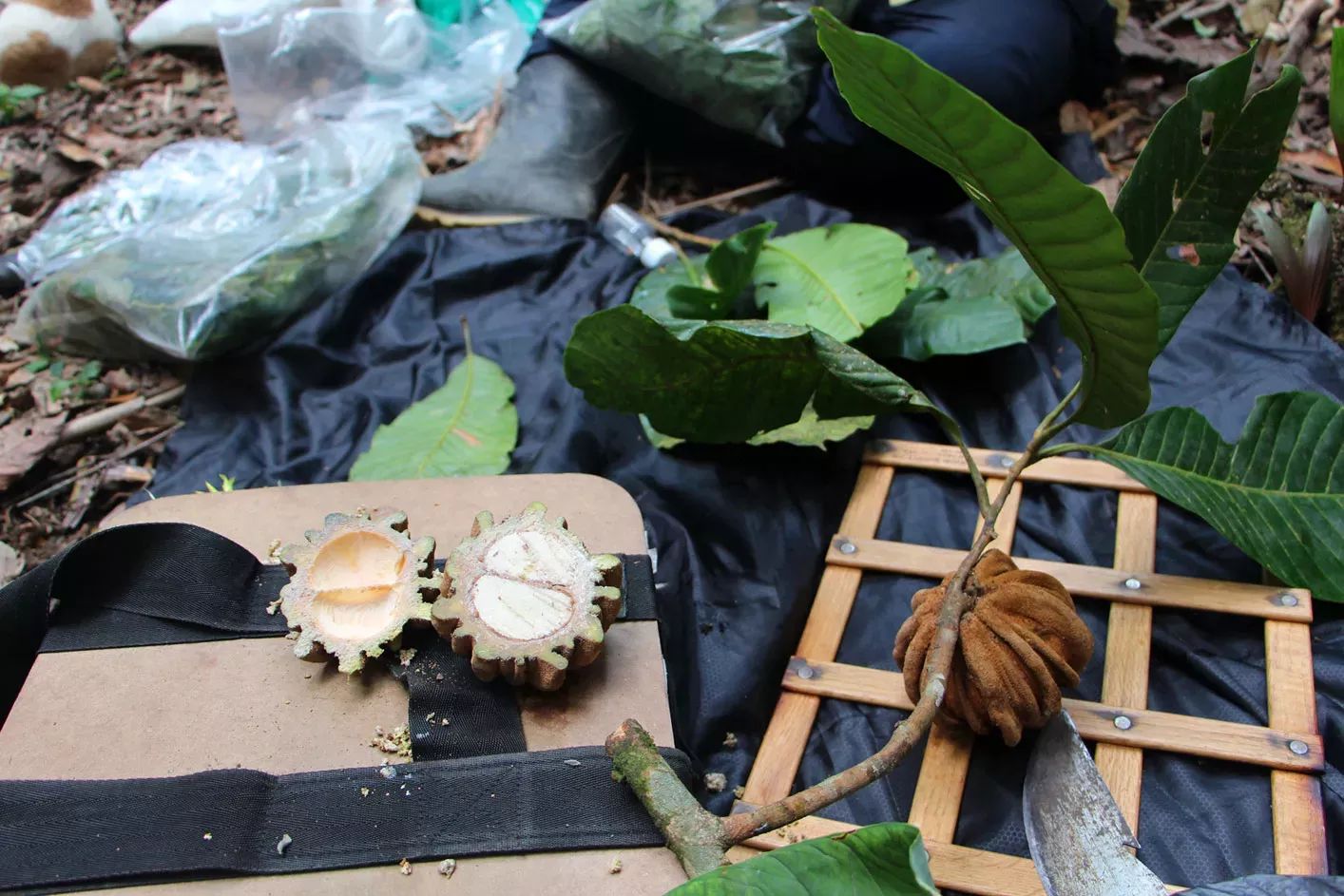
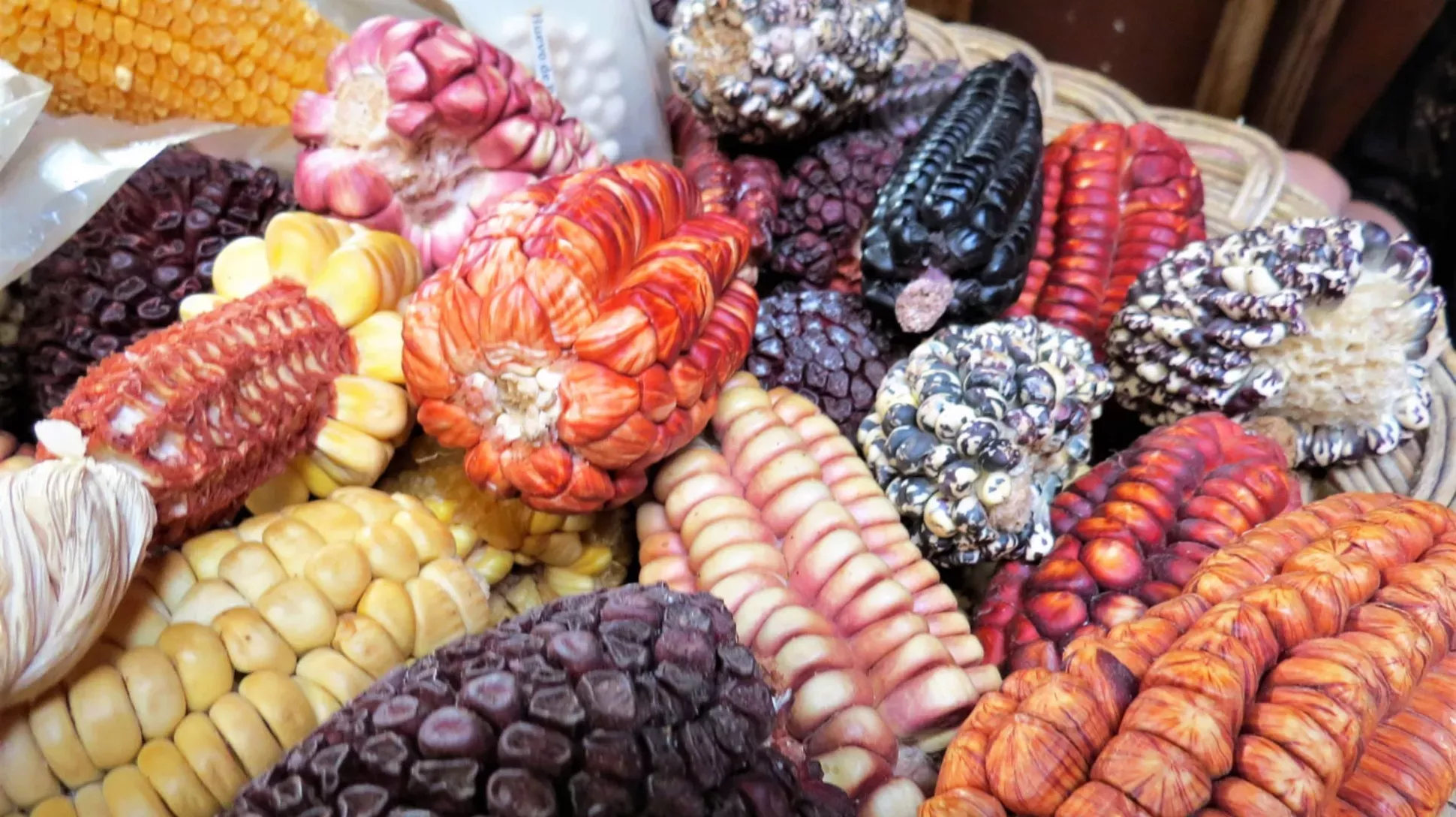
1. Plant biology
Factors like how quickly a plant grows, the type of structure it has, and the part of a plant that is used, can determine whether harvesting can be sustainable, or what methods should be used to harvest.
For example, extracting palm hearts – a food ingredient used across the world – requires killing species with a single stem and has led to local extinction in some areas.
But there are other palm species with multiple stems where the hearts can be extracted without killing the plant through a process called coppicing, in theory making sustainable harvesting more possible.
2. Land tenure and access rights
In different areas, land can be open access, community-run, or privately owned, and can impact on how wild plants are harvested.
The fruit of the aguaje palm (Mauritia flexuosa) is widely eaten and processed into products like ice cream, while its fibres are used to make threads and cords.
A study in Peru highlighted an example of this species being used sustainably, with a key factor being the security of local community land rights.
However, some policies across the Andean Community promote land clearance to gain private property rights, often ignoring traditional plant uses and leading to colonization and loss of habitats used by indigenous communities.
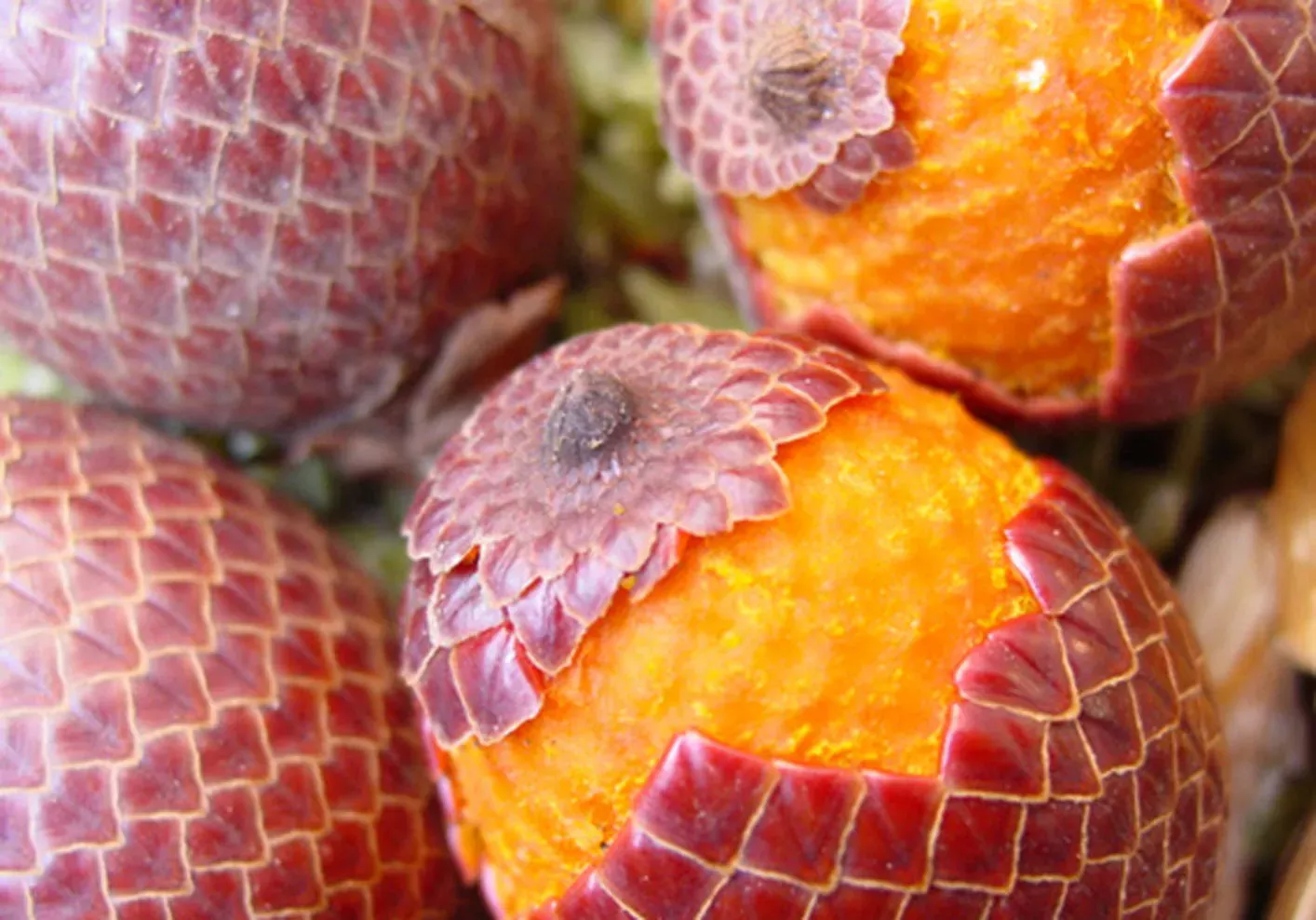
3. Knowledge, resource, and capacity
Wild plant use is often linked to indigenous communities and the loss of traditional knowledge can contribute to unsustainable use.
However, traditional methods which were sustained for centuries can become unsustainable because extraction increases with market integration, or wild plants decrease because of factors like habitat loss and climate change.
Alternative harvesting methods such as climbing rather than cutting down trees for fruit can help, but these require tools or education.
Education of other stakeholders is also important, such as to raise awareness among international consumers about making sustainable choices when purchasing products.
4. Economics and market pressures is also crucial
The concept of conservation-through-use has led to economically driven conservation efforts, but this is complex.
For example, the Brazil nut (Bertholletia excelsa) is one of the most economically important wild plant products in the area.
It has big international markets, contributes to livelihoods, and has national policies to manage harvesting.
However, even for Brazil nuts, use is not always sustainable.
It is even harder to form new markets to support sustainable plant use – there are many barriers to market access, commercialisation can lead to overexploitation, and the value of plant products can fluctuate a lot.
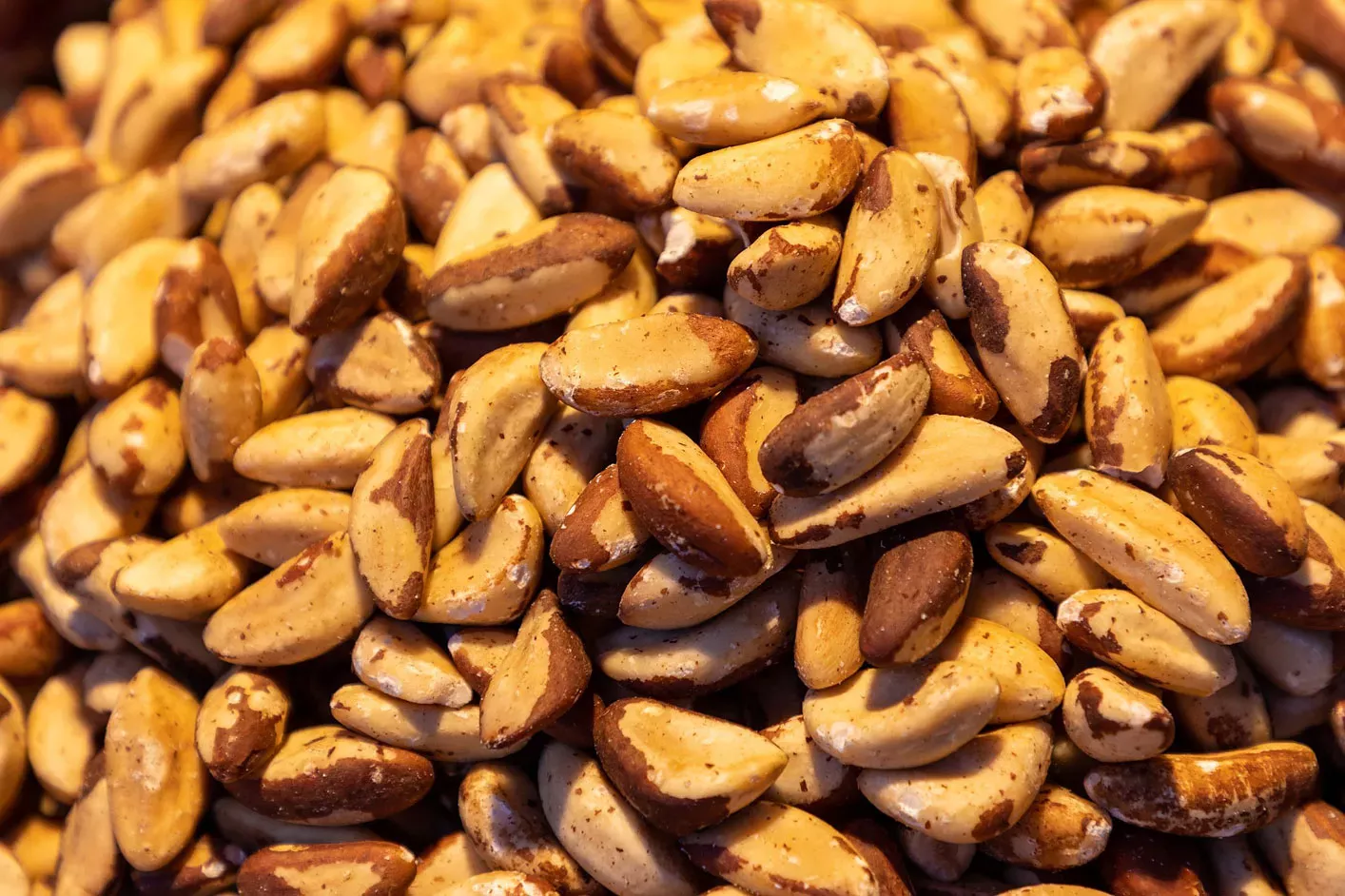
5. Institutional structures, policy and legislation
While there were differences between the four countries, similar issues included overly complicated rules, inconsistencies, lack of implementation and high administrative costs.
This can actually make legal harvesting unviable for local producers and create unregulated markets.
While land use policy and practices generally encompass far more than plants and people, including local fauna, soil, and water, all of these resources are linked, with changes to any one of them potentially impacting the others.
Each can be shaped by human behaviour, both directly and indirectly.
It is therefore important to recognise the importance of plant use in wider policy and planning.
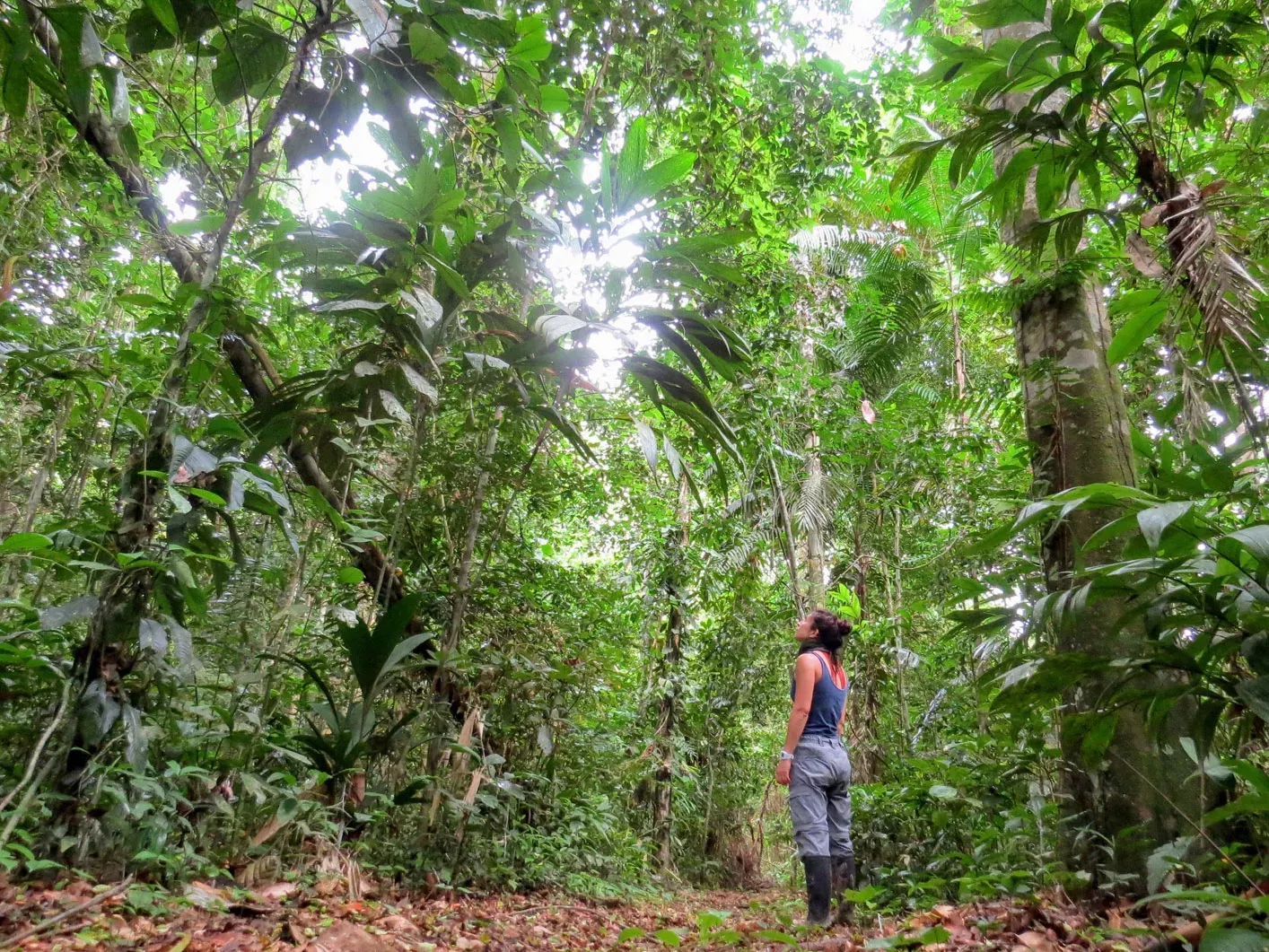
An opportunity for all
Our review highlighted the importance of context and collaboration to achieve sustainability-through-use, with four key recommendations for researchers, conservationists, and local governments involved in conservation and management of wild plants:
- Engage and collaborate with a range of stakeholders.
- Involve local resource users to help balance traditional plant uses with current pressures in the local context.
- Improve the recognition of the importance of wild plant use, so that it becomes more integrated in policy and legislation.
- Support studies on sustainable harvesting to help develop effective management plans.
The Useful Plants and Fungi of Colombia (UPFC) project aims to document and protect knowledge on useful plants and fungi in Colombia.
Working closely with a range of stakeholders in three locations across the country, it is directly applying these recommendations in its approach to balance natural resource use, conservation, and green development.
This project will set an important precedent in potential approaches to achieving sustainable plant use and conservation, but there is an urgent need to create more robust policies across the region.
Such work supports the Sustainable Development Goals (SDGs) and the post-2020 global biodiversity framework to conserve biodiversity “for the benefit of planet and people”.
Read the review
Kor, L., Homewood, K., Dawson, T.P. et al. (2021) Sustainability of wild plant use in the Andean Community of South America. Ambio



